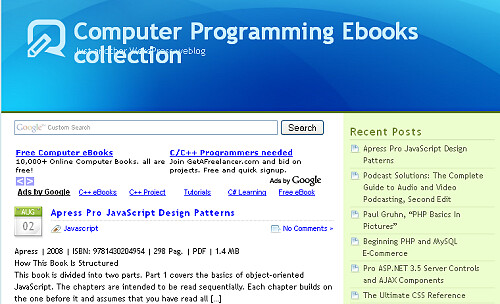Think about how much you do—or could do—with your phone: make phone calls and send and receive email, IM, and text messages. You probably download TV shows, movies, and music to your phone. And of course, you take, send, and receive photos. It's truly amazing—anywhere you go, you're connected. So here's the question. If you already have everything on your phone, why sync it with your PC?
Because synchronizing your phone with your PC is the best way to transfer information, settings, and files. You keep all your information up to date. And you have it at home and at work.
Keep appointments
We're all overbooked. If you've entered an appointment or meeting into your PC and haven't synced with your phone, you could miss the appointment. If you’re scheduling appointments away from home on your phone and your phone's not synced with the up-to-date schedule on your computer, you may miss the appointment and have to call the dentist, piano teacher, or doctor to reschedule. Often, you have to pay for those missed appointments. Plus, you go through the hassle of rescheduling.
The latest version of Windows Phone makes it even easier to keep track of appointments. The new Today screen that appears when you turn on your phone shows your appointments and any missed calls, unread messages, and your programs. The new Lock screen displays new messages and appointments without requiring you to enter a PIN when the phone is locked—all while providing access to mute, speakerphone, hold, and other functions during calls, so you don’t miss a thing. Call it appointment insurance.
Take work, projects, or homework with you



